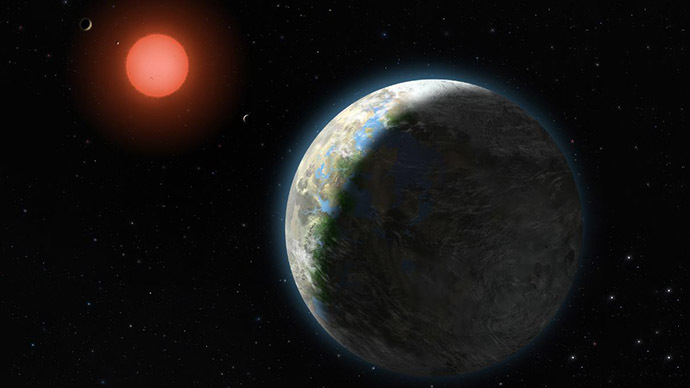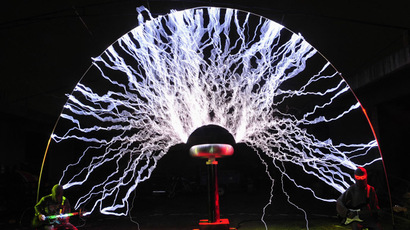Two earlier discovered Earth-like planets do not exist, new study shows

A new study, focused on finding a sharper tool for discovering new – and maybe even potentially habitable planets – has apparently proved two of most probable candidates do not exist, even though the researcher says it was unintentional.
A paper which has been published in the latest edition of the journal ‘Science’ has stated that while the supporting evidence for the existence of the planets was real, their cause was misinterpreted.
Gliese 581g, discovered in 2010, is deemed to be in the “Goldilocks” zone of its red dwarf star – an area not too hot and not too cold, but just right for liquid water to exist – which meant that life could exist as well. Gliese 581d, discovered earlier in 2007, was spotted just on the edge of the “habitable zone.”
“They were very high value targets if they were real,” postdoctoral researcher Paul Robertson, who was the lead author of the new study, told CBC News. “But unfortunately we found out that they weren't,” he said.
The new research focused on increasing the accuracy of detecting new planets, Robertson said. And the signals of those two have proved to be so small that just a minor “tweak” in data analysis could change whether the planet was visible or not.
The two planets were discovered by measuring changes in the color of a star’s light due to the gravitational pull of a suspected planet. And if they indeed existed, their masses would have to be very small to affect the light that little, Robertson said, adding that neither he nor his colleagues were trying to disprove the existence of Gliese 581d and Gliese 581g.
Since their discovery, numerous investigations have disputed the existence of controversial planets. Their discoverers – Steve Vogt of the University of California Santa Cruz and Paul Butler of the Carnegie Institution for Science in Washington, DC – even had to publish another paper in 2012 to reaffirm the existence of Gliese 581g. They measured the colors on the violet end of the colour spectrum emitted by calcium in a star to do their corrections.
But in the new research Robertson instead measured hydrogen-emitted red color while analyzing data in Vogt and Butler's 2012 paper. He says for a cooler, low mass stars like Gliese 581 it works better, as they do not emit much blue light. In case of Gliese 581 the new measurement has shown that the system has 3 planets – a, b, and c, all of which appeared sharper – while d and g disappeared.
“I hope this research points the way toward finding exciting new planets hidden beneath stellar signals,” Robertson said.
Meanwhile, at the end of June, another planet Gliese 832c was deemed the most Earth-like planet discovered to date. “If the planet has a similar atmosphere to Earth it may be possible for life to survive, although seasonal shifts would be extreme,” Professor Chris Tinney of the University of New South Wales said after the institution located it.















